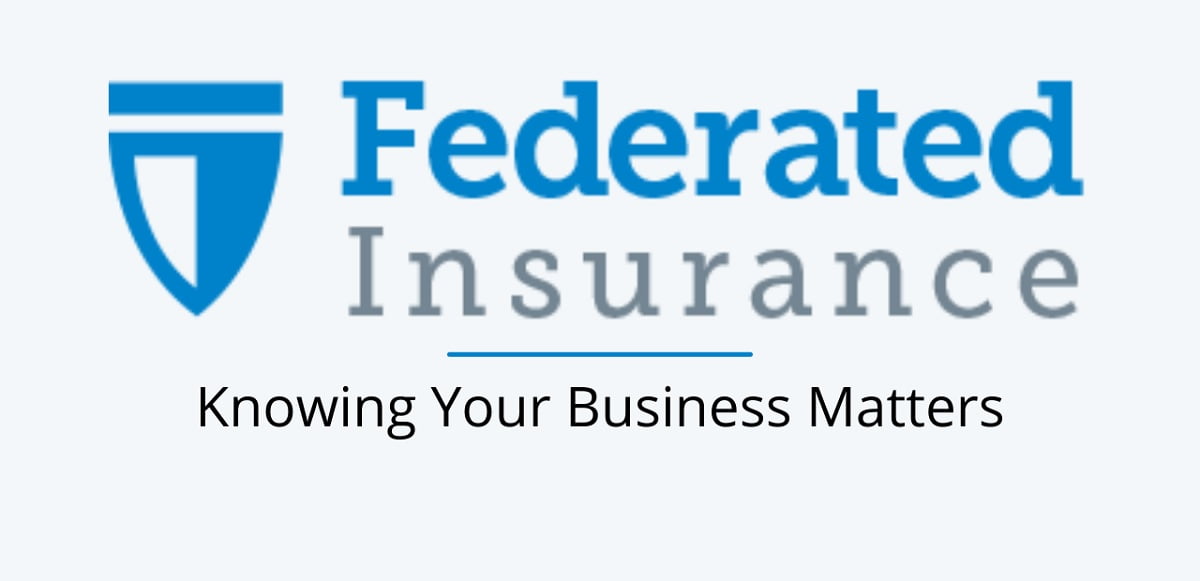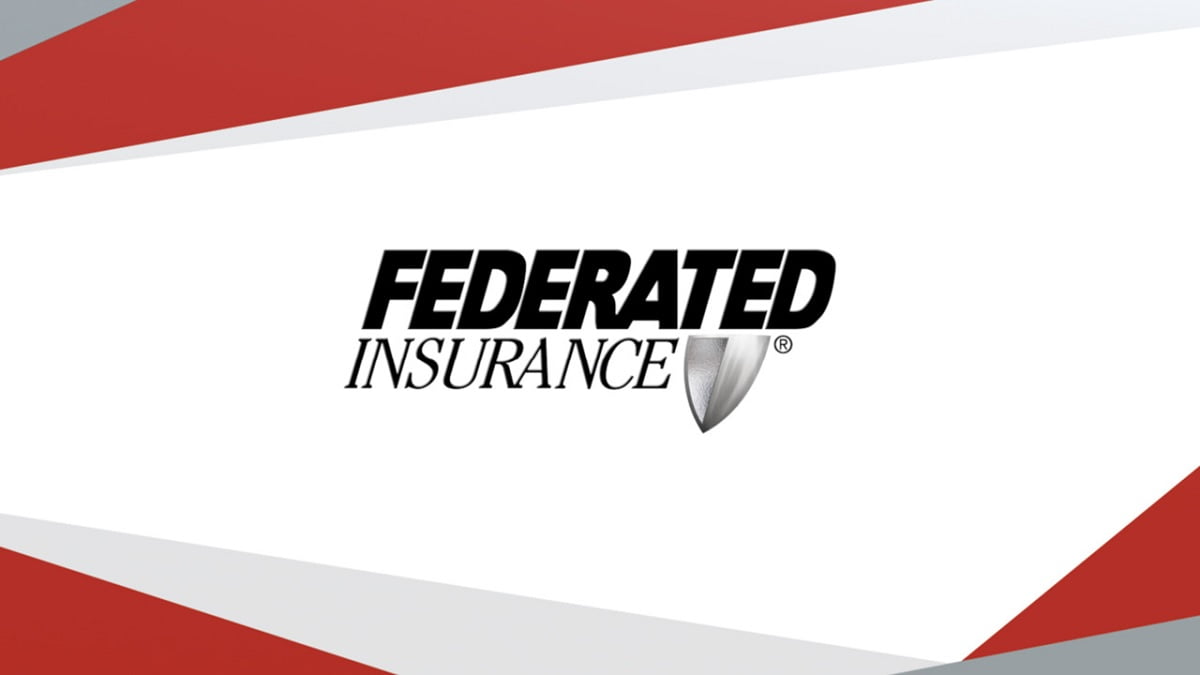Federated insurance is a type of insurance structure where multiple smaller insurance companies, called federated members, band together to provide coverage under a common brand. Rather than being owned by a single-parent company, each federated member remains independently owned and operated. This federated model provides many potential benefits for policyholders compared to insurance from a traditional single carrier.
How Federated Insurance Works
Federated insurance organizations bring together regionally-based insurance carriers into one alliance. The federated members collectively create a jointly owned service company. This service company provides support services like marketing, administration, and claims management to the federated members. The service company allows the members to pool their resources and expertise while remaining autonomous.
The federated members sell policies and pay claims out of their capital and surplus. Each member is responsible for its own profitability and financial stability. The success of the broader federated insurance organization depends on the collective success of its members.
Some key benefits of this structure for policyholders include:
- Local expertise. Federated members have specialized local knowledge and experience that informs their underwriting and claims handling. This enables them to provide customized insurance products for policyholders in their regions.
- Shared resources. By pooling resources in areas like marketing and IT, federated members can leverage economies of scale typically only accessible to larger carriers. This allows them to invest in new capabilities while remaining nimble.
- Stability. The decentralized structure provides continuity of coverage. If one member fails, the others can carry on unaffected. This minimizes policyholder disruption.
- Customer service. As local insurers, federated members can provide hands-on, personalized service. Policyholders deal directly with their local carrier rather than a large faceless corporation.
- Innovation. Federated members can develop new insurance products to suit their regional markets while benefiting from the expertise of peer members. This facilitates innovation tailored to policyholders.
Key Federated Insurance Providers
While not as widely known as national insurance brands, federated insurers hold significant market positions in several segments across the United States:
- Farm Bureau: Specializes in property and auto insurance products for rural customers. Farm Bureau has member companies in nearly every U.S. state.
- Nationwide: Offers auto, home, life, and business insurance policies through a federation of companies across the country. Each company is owned by policyholders.
- State Auto: Focuses on customized business insurance products for mid-sized companies. State Auto operates through nine regional insurance companies and a reinsurance facility.
- Erie: Provides auto, home, and life insurance concentrated in mid-Atlantic and Midwestern states. Erie is a highly-rated federated insurer with over 90 years of service.
These and other federated insurance groups compete successfully against national insurance carriers. Their local service models and specialized products appeal to many insurance buyers.
Benefits for Policyholders

Federated insurance structures confer several advantages to customers that differentiate them from large single-carrier insurance providers:
- Local Underwriting Expertise
Federated members have deep knowledge of the risks, needs, and market conditions in their regions. They can apply this expertise to underwrite policies tailored to local customers. Tapping into localized actuarial data and experience enables more accurate underwriting and pricing.
- Agile Decision Making
With less bureaucracy than large insurance conglomerates, federated members can be highly responsive to their policyholders. They can adjust underwriting guidelines, overhaul claims processes, and roll out new products to meet changing local insurance needs.
- Stable Coverage
The decentralized federated structure creates built-in continuity of coverage. If any single member fails, closes, or stops writing a line of insurance, other federated members continue providing coverage. Policyholders see minimal disruptions.
- Superior Customer Service
As hands-on local insurers, federated members can deliver high-touch customer service. Policyholders deal directly with representatives from their communities. This facilitates trust, responsiveness, and individually tailored insurance solutions.
- Innovative Products
By sharing insights on product development, federated members can bring innovations to market quickly. Coordinating the rollout of new insurance products across the alliance amplifies each member’s product investments. Policyholders benefit from cutting-edge offerings shaped to their needs.
- Mitigated Risk
The pooling of resources by federated members achieves some risk diversification. Alliance-wide actuarial data improves loss predictions. Spreading exposures geographically reduces susceptibility to regional shock claims events. Policyholders benefit from stability and reliability.
Considerations for Policyholders
While federated insurance offers advantages, policyholders should keep some considerations in mind depending on their coverage needs:
- Federated insurers may have less national brand recognition compared to leading single-carrier insurers. However, they often maintain strong regional brand awareness and loyalty.
- Policyholders who frequently relocate to different geographical areas may lose some continuity of coverage through the same federated member.
- Not all federated insurers offer all types of insurance. Policyholders seeking unusual, specialty lines may need to look at larger national insurers.
- Claims processing coordination between federated members located in different areas can cause delays, especially for complex commercial claims.
- Access to federated insurer policyholders and ratings data is usually consolidated through the service company. This can restrict pricing transparency compared to single carriers.
The Future of Federated Insurance
Federated insurance structures are well positioned to grow in the future by playing to their strengths:
- Technology can help federated insurers boost national coordination while retaining regional autonomy and service.
- New data analytics capabilities can aid federated underwriting and claims management.
- Online distribution and service channels allow federations to efficiently reach customers beyond their traditional geographies.
- Specialization in local niches will enable federations to thrive against increasing competition from Insurtech disruptors.
For many insurance buyers, especially those highly valuing experienced localized service, federated insurance providers offer compelling advantages. Their unique model seems poised to prosper well into the future. By leveraging the best of independence and collaboration, federated insurers bring innovation, flexibility, and continuity to insurance markets across the United States.
Faizan Ahmad is a financial analyst and writer who specializes in investments, banking, and corporate finance. He has over 7 years of experience working in the finance industry in various roles.
He leverages his strong financial modeling and data analysis skills to provide insightful commentary on business, markets, and economic trends.
At Ventures Money, Faizan covers topics including Credit Card Reviews, Loans, Insurance, and Mutual Funds in the banking sector. He provides in-depth analysis of the latest news and trends to help readers make smart investment decisions.
Outside of writing, Faizan enjoys following the stock market, rooting for his favorite sports teams, and spending time with his family.
